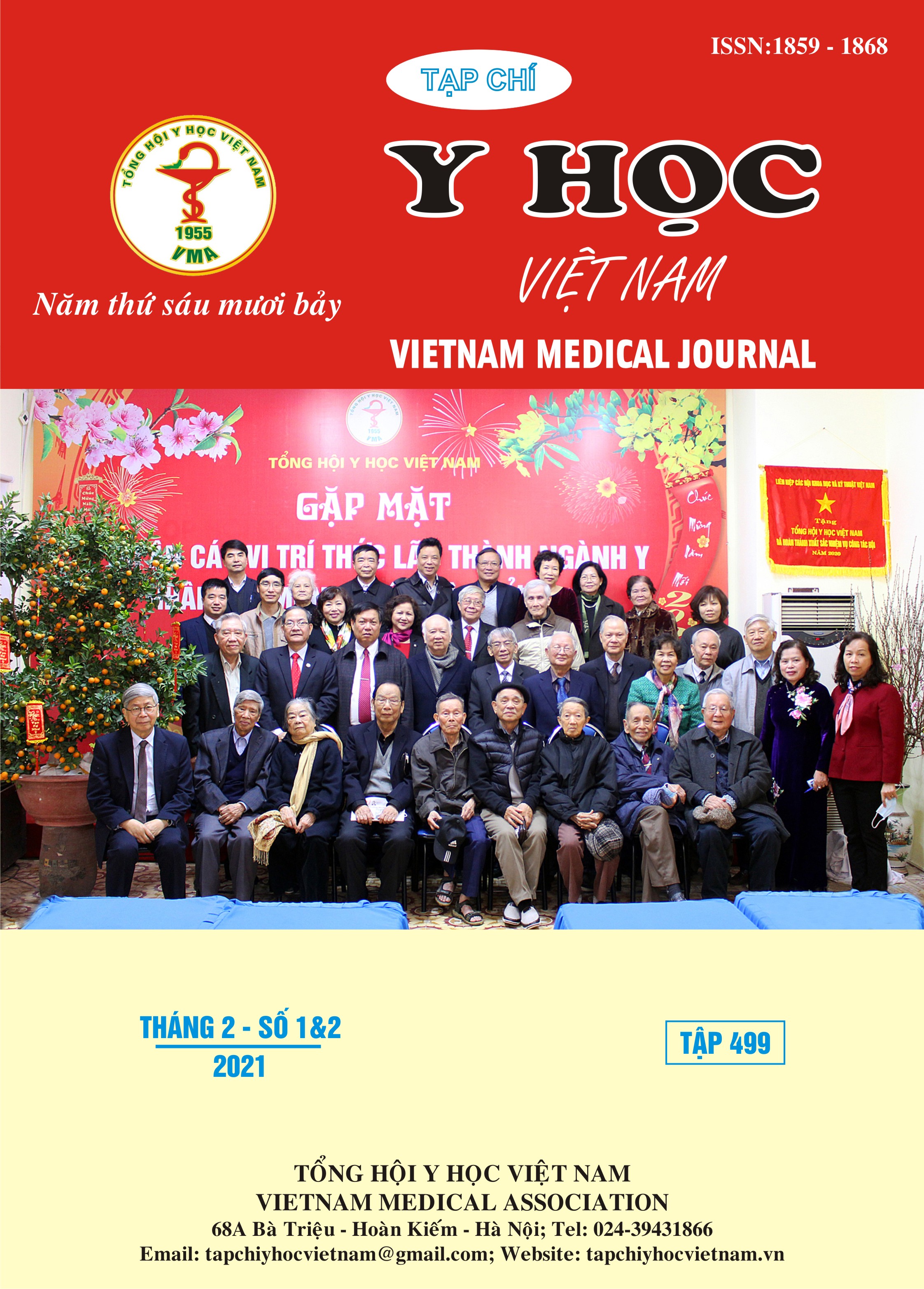MỘT SỐ YẾU TỐ LIÊN QUAN ĐẾN CĂNG THẲNG NGHỀ NGHIỆP CỦA NGƯỜI LAO ĐỘNG TỈNH ĐỒNG NAI NĂM 2020
Nội dung chính của bài viết
Tóm tắt
Mục tiêu: Mô tả một số yếu tố liên quan đến tình trạng căng thẳng nghề nghiệp của người lao động tại Công ty cổ phần gạch men Ý Mỹ, tỉnh Đồng Nai năm 2020. Phương pháp: nghiên cứu cắt ngang. Kết quả: Tỷ lệ căng thẳng nghề nghiệp ở người lao động là 13,5%. Tỷ lệ này cao hơn ở nhóm người lao động làm việc trên 5 ngày/tuần (18,2%), thường xuyên phải làm việc với khối lượng công việc vượt quá khả năng của bản thân (50%), thường xuyên làm việc với cường độ cao (33,3%), không được tạo điều kiện học tập (17%) so với những người người lao động trong nhóm so sánh với giá trị p < 0,05. Nghiên cứu không tìm thấy mối liên quan giữa tình trạng căng thẳng nghề nghiệp với đặc điểm cá nhân của người lao động. Kết luận: Có mối liên quan có ý nghĩa thống kê giữa tình trạng căng thẳng của người lao động với một số yếu tố như số ngày làm việc/tuần, khối lượng công việc, cường độ làm việc, cơ hội được học tập.
Chi tiết bài viết
Từ khóa
Căng thẳng nghề nghiệp, JCQ-V
Tài liệu tham khảo
2. Nguyễn Thu Hà. Điều tra stress nghề nghiệp ở nhân viên y tế. Tạp chí Y học Việt Nam. 2017;454(1):231-234.
3. Phạm Văn Hán, Phạm Minh Khuê và Nguyễn Thị Thuỳ Linh. Căng thẳng nghề nghiệp trên NLĐ nhà máy da giầy Lê Lai 2 Hải Phòng năm 2012. Tạp chí Y học dự phòng. 2014;XXIV, 9(158):9.
4. Trịnh Hồng Lân. Stress nghề nghiệp ở công nhân ngành may công nghiệp. Tạp chí Y học TP Hồ Chí Minh. 2010;14 (1):217-221.
5. Nguyễn Thị Hường. Stress nghề nghiệp của người lao động trong các doanh nghiệp tư nhân trên địa bàn thành phố Hà Nội, Đại học Khoa học Xã hội và Nhân văn, Đại học Quốc gia Hà Nội; 2010.
6. CL. Zhang, L. He, T. Yang, YJ. Lan. Relationship between occupational stress, recovery experience, and physiological health of nurses in a municipal grade A tertiary hospital. Zhonghua Lao Dong Wei Sheng Zhi Ye Bing Za Zhi. 2017;35(6):425-428.
7. K. Seto, S. Ito, S. Fujita et al. Occupational stress among healthcare workers in Japan. Work. 2014;49(2):225-234.


